Current Situation of Sensor Industry in China
The domestic sensor industry is at the international medium level and on the eve of the great development of the domestic industry, but the core technology with independent intellectual property rights is not much, and the industrial benefits are not obvious.
Although China has made some breakthroughs in the field of sensors, international brands are still in a monopoly position in the domestic market, in key industries, key technologies and high value-added applications.
It is understood that almost all high-end sensor products are imported from abroad, and 90% of chips are imported from abroad. In the field of high-end intelligent equipment, the technology and products of optical fiber sensors still lag far behind those of foreign countries. For NTC thermistors in temperature sensors, the strength of domestic enterprises is seriously insufficient, and 90% of the market share is occupied by foreign capital. Temperature sensors with extremely high temperature, radiation resistance and high pressure resistance can not be produced in batches.
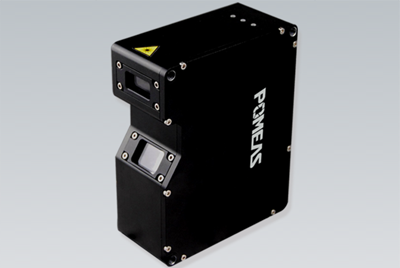
Recently year 2019, the honorary director of the Sensor Branch of China Instrument Industry Association, former president of Shenyang Instrument Science Research Institute Co., Ltd., and professor-level senior engineer Xu Kai first summarized the current development status, problems and breakthroughs of China's sensor industry. Xu Kaixian summarized six major factors affecting the development of sensor industry in China.
First, the common key technologies in design, reliability and packaging technology have not really broken through.
Firstly, in design technology, sensor design technology involves many disciplines, theories, materials, processes and on-site use conditions; design software is expensive, design process is complex and considerations are numerous; design personnel are scarce, designers need not only to understand general design procedures and methods, but also to be familiar with them. Fabrication process of the device, understand the field application conditions of the device.
Secondly, in reliability technology, the reliability index of domestic sensors is usually 1-2 orders of magnitude lower than that of foreign similar products. Finally, in terms of packaging technology, domestic packaging technology for sensors has not yet formed a series of standards, nor a unified interface, which is not conducive to user selection and product interchange.
Second, domestic sensor products are not matched and series.
Some specifications of sensor series which are relatively easy to produce are still self-produced, but there are many repetitive production phenomena, which are not conducive to market competition. Series of high-end products are often unable to produce and need more imports from abroad, such as low differential pressure sensors with high accuracy and stability, which are widely used in industrial automation instruments (measuring range < 1KPa). High differential pressure, high static pressure sensor (range (> 3 MPa), static pressure (> 60 MPa).
Thirdly, sensor technology and equipment are not taken seriously. Sensor process innovation depends on the advent of new process equipment. In the research and development and production of sensor technology and equipment, enterprises generally raise funds for research and development, but the limited funds and manpower are not conducive to the innovation of sensor technology research.
Fourth, lack of top-level design and overall planning. There are many kinds of sensors and many specialties. The industry chain belongs to different departments and industries in China. However, there is no systematic research and scientific planning for the top-level design of sensors. In addition, although the state has invested in the sensor industry, many enterprises are eager to achieve success, ignoring basic research, but not fast enough.
Fifth, resources are dispersed and industries are small in scale. Industrial decentralization is mainly manifested in capital decentralization, technology decentralization, enterprise layout decentralization, industrial structure decentralization, market decentralization; industrial scale is small mainly manifested in the domestic sensor enterprises have more than 1600, but most of them are small and micro enterprises, with weak profitability and lack of leading technology enterprises.
Sixth, there is a shortage of high-end talents for sensors. Talents are the foundation of innovation. The biggest bottleneck affecting the development of sensors is the shortage of excellent R&D talents. Because the economic, technological and industrial foundations of sensor industry are relatively weak, and sensor industry involves many disciplines, requires a wide range of knowledge, and new technologies emerge endlessly, it has been difficult to attract top international talents for a long time. In addition, due to the unreasonable discipline settings and the lack of a comprehensive talent training mechanism, we often do not understand the design process, the application of technology, and the design that will be applied. As a result, many enterprises lack complex talents who know not only management and burial, but also technology and operation, as well as technological and skilled personnel.
How can the sensor industry get out of the dilemma?
Faced with these problems, Xu Kaixian believed that we should find a breakthrough from the policy and technology levels.
At the policy level, we should first make overall planning and top-level design. The state should have clear objectives and plans for basic research, product development, industrial layout and market application of sensors.
Secondly, we should increase investment and set up national projects. Compared with IC investment, the state investment in sensors is relatively inadequate, the intensity and continuity of investment need to be improved, and the state needs to increase the establishment of sensor projects.
Finally, we should concentrate our efforts and tackle key problems jointly. For some key sensor projects and "neck-jammed" products, the state should organize joint efforts to tackle key problems, concentrate on the advantages of the country and concentrate on major events.
At the technical level, the integration and integration of IC and MEMS technologies should be strengthened first. The integration and integration of IC and MEMS is the only way for the development of sensor technology industry, especially high-grade sensors and intelligent sensors. The cooperation and mutual benefit between IC enterprises (universities) and MEMS enterprises are related to the success or failure of the sensor industry.
Secondly, the emphasis is placed on the research of new materials, new mechanism and new process sensors based on non-silicon. Because of silicon-based sensors, foreign research has a long history, mature technology, serialization of products, complex and expensive process equipment, high level of industrialization, we need to break through.
Product recommendation
TECHNICAL SOLUTION
MORE+You may also be interested in the following information
FREE CONSULTING SERVICE
Let’s help you to find the right solution for your project!
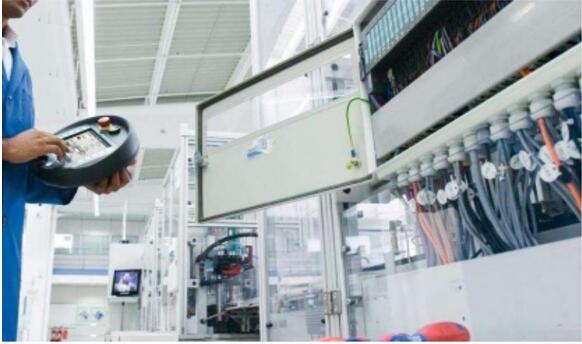

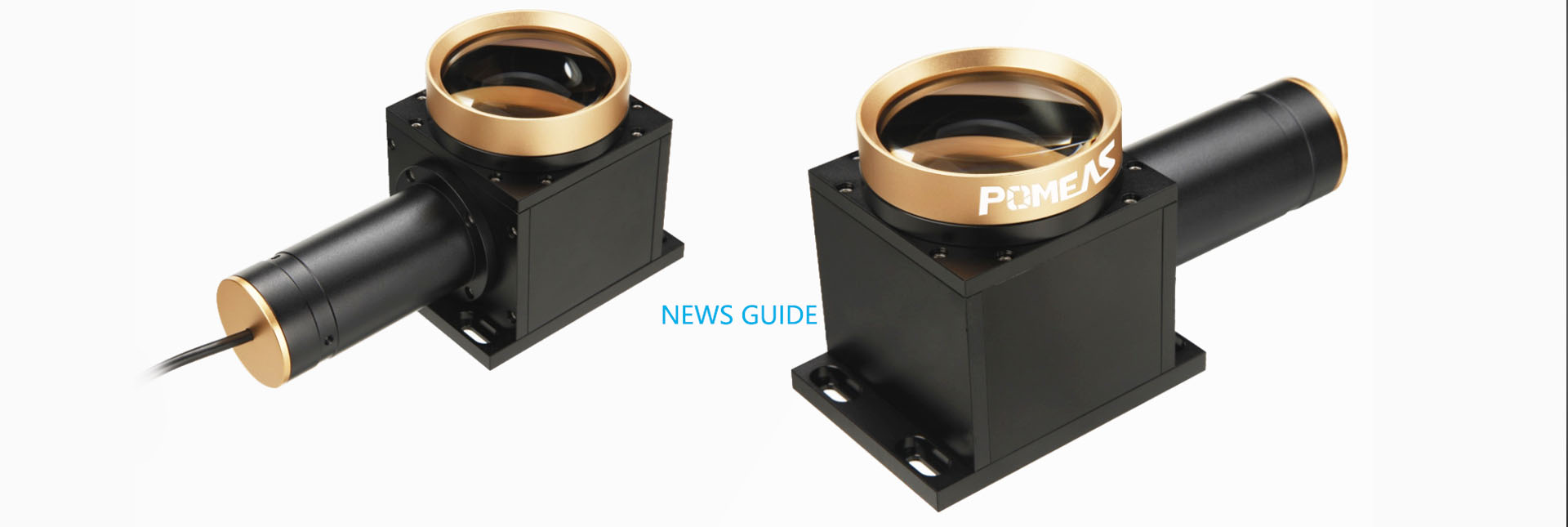
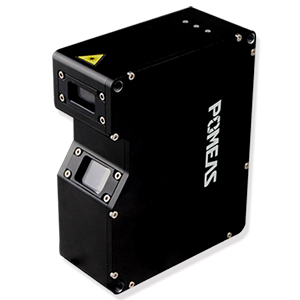
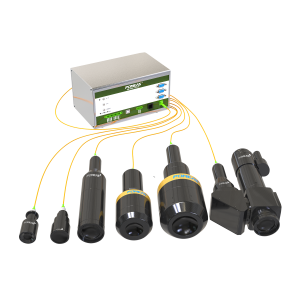
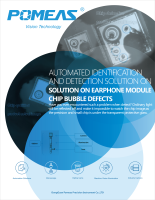
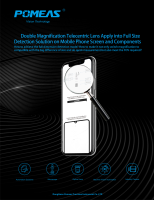
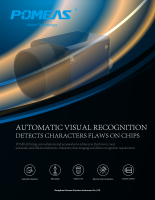
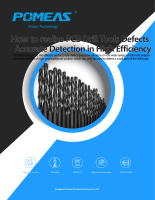
 ASK POMEAS
ASK POMEAS  PRICE INQUIRY
PRICE INQUIRY  REQUEST DEMO/TEST
REQUEST DEMO/TEST  FREE TRIAL UNIT
FREE TRIAL UNIT  ACCURATE SELECTION
ACCURATE SELECTION  ADDRESS
ADDRESS Tel:+ 86-0769-2266 0867
Tel:+ 86-0769-2266 0867 Fax:+ 86-0769-2266 0857
Fax:+ 86-0769-2266 0857 E-mail:marketing@pomeas.com
E-mail:marketing@pomeas.com
